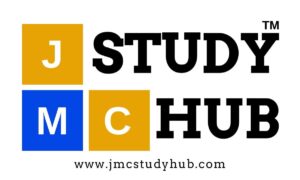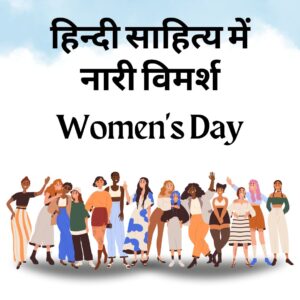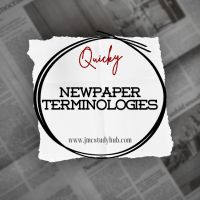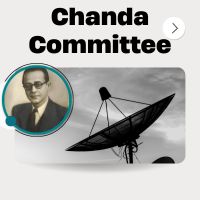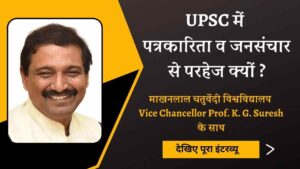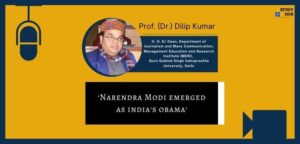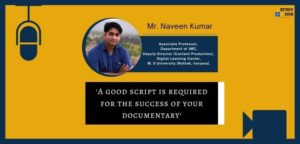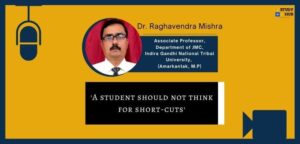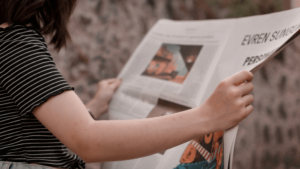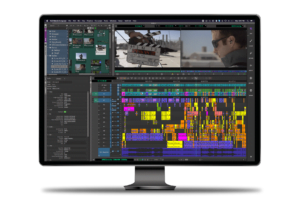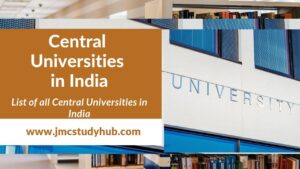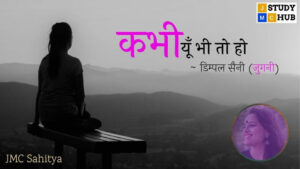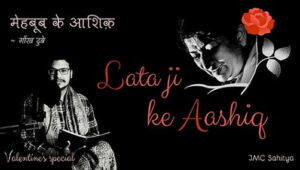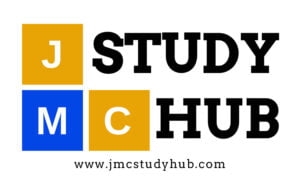Daily Mass Communication Quiz (DMCQ) boost your concepts through day wise solved quiz from the entire course of Journalism and Mass communication (JMC) with detail explanations.
Journalism and Mass Communication Objective Questions (DMCQ)
Q 1. Sending message to a large number of people is called …………………….
(A) mass communication
(B) media communication
(C) group discussion
(D) interview
Correct Answer: (A) mass communication
Explanation: Mass communication is the process of imparting and exchanging information through mass media to large segments of the population.
Q 2. When the sender uses media for commercial success it is called …………….
(A) mass communication
(B) media communication
(C) group discussion
(D) interview
Correct Answer: (B) media communication
Explanation: Media communication refers to the process of transmitting information or messages through various media channels to a large audience. When the sender uses media for commercial success, it implies that they are utilizing media platforms such as television, radio, newspapers, magazines, or digital media for advertising, marketing, or promoting products and services with the aim of generating revenue or achieving business goals. Therefore, “media communication” is the most appropriate term for this scenario.
Q 3. ………….. was used to spread information
(A) Mass communication
(B) Mass communication
(C) group discussion
(D) Pamphleteering
Correct Answer: (D) Pamphleteering
Explanation: A pamphlet, by definition, is a small, unbound booklet that is used to advertise or provide information on a single subject. They are mainly used for informing rather than direct selling.
Q 4. The origins of print media can be traced back to …………. Civilization.
(A) Chinese
(B) Roman
(C) Greek
(D) Egyptian
Correct Answer: (B) Roman
Explanation: The origins of print media can be traced back to ‘Roman’ Civilization.
Q 5. …………. is a piece of news item written with a particular intention i.e. either to make audience aware of a particular matter, to instruct or to entertain
(A) Editorial
(B) article
(C) feature
(D) interview
Correct Answer: (C) feature
Explanation: A feature story is a piece of news item written with a particular intention i.e. either to make audience aware of a particular matter, to instruct or to entertain. Unlike a general news story, the feature might be prejudiced and sometimes can be used to express the emotion of the writer.
Q 6. Anecdotes are
(A) life incidents
(B) quotations
(C) stories
(D) folk tales
Correct Answer: (A) life incidents
Explanation: An anecdote is “a story with a point.”” Everybody may not have long interesting stories to share yet we all go through some interesting incidents in day to day life. Those who travel and meet new people often may have loads of stories and anecdotes to tell.
Q 7. The original method of printing was ………….
(A) laser
(B) movable
(C) block type
(D) hard type
Correct Answer: (C) block type
Explanation: The earliest known form of printing as applied to paper was woodblock printing, which appeared in China before 220 AD. Block printing (also called Relief printing) is the process of carving patterns, shapes and designs into a ‘block’. The ‘block’ could be made of wood, acrylic plastic sheet, lino (linoleum) or metal.
Q 8. Isaac Gutenberg refined the technique of printing by using …………
(A) laser
(B) movable
(C) block type
(D) hard type
Correct Answer: (B) movable
Explanation: Gutenberg in 1439 was the first European to use movable type. Among his many contributions to printing are: the invention of a process for mass-producing movable type; the use of oil-based ink for printing books; adjustable molds; mechanical movable type; and the use of a wooden printing press similar to the agricultural screw presses of the period.
Q 9. Gottlob Koeing and Andreas Friedrich Bauer introduced ………………
(A) laser
(B) movable
(C) block type
(D) steam powered press
Correct Answer: (D) steam powered press
Explanation: Friedrich Gottlob Koenig was a German inventor best known for his high-speed steam-powered printing press, which he built together with watchmaker Andreas Friedrich Bauer.
Q 10. ……………………is the most common form of commercial printing.
(A) steam powered press
(B) offset printing
(C) Inkjet printing
(D) hard type printing
Correct Answer: (B) offset printing
Explanation: Commercial Offset Printing is the standard commercial printing method used around the world since the 20th century. Also called offset lithography, this form of printing produces the bulk of mass printing production used by businesses and organizations of all types.
